jameson_uk
Member
I have 2x45W T5 tubes in my 180l tank which are on 4 hours in the morning and 4 hours in the evening (recently switched from 2x3 hours). Tank is low tech and I have been dosing Flourish once a week and putting some Tropica root tabs under the swords, crypt and vals.
Some plants are doing well (Crypt, Anubias, Java Fern, Bacopa, Lilaeopsis Brasiliensis) but some are not doing so well (Vallisneria, Amazon Swords and Rotala).
The most concerning is the Rotala. When planted this grew really well (to the point one stem nearly broke the water line and needed trimming) but now the leaves appear to be dying and the stems are quite limp. They have been in there over 2 months now.




The swords have been in there three months but I have spent a long time removing melting leaves and the new leaves do not look that healthy (would have thought this is long enough for the plant to adjust to life under water?)



I have no interest in moving to a CO2 setup and I don't really want to start on EI dosing. I realise CO2 is always going to be limiting factor in low tech but all these plants are meant to be OK without CO2 injection so I am hoping it is some sort of fert issue??
As I am dosing Flourish (which should take care of micros?) is this some form of macro deficiency? Nitrates in the tank are normally 20 and from my research it looks like a lot of N ferts are nitrate based so presumably this is not the issue ??? (there is so much conflicting info; and mainly opinion; out there that is is hard to figure out what the real picture is...
What are these plants showing signs of? (Please don't suggest just dosing EI to fix as I would like to understand what the issue is)
Some plants are doing well (Crypt, Anubias, Java Fern, Bacopa, Lilaeopsis Brasiliensis) but some are not doing so well (Vallisneria, Amazon Swords and Rotala).
The most concerning is the Rotala. When planted this grew really well (to the point one stem nearly broke the water line and needed trimming) but now the leaves appear to be dying and the stems are quite limp. They have been in there over 2 months now.




The swords have been in there three months but I have spent a long time removing melting leaves and the new leaves do not look that healthy (would have thought this is long enough for the plant to adjust to life under water?)



I have no interest in moving to a CO2 setup and I don't really want to start on EI dosing. I realise CO2 is always going to be limiting factor in low tech but all these plants are meant to be OK without CO2 injection so I am hoping it is some sort of fert issue??
As I am dosing Flourish (which should take care of micros?) is this some form of macro deficiency? Nitrates in the tank are normally 20 and from my research it looks like a lot of N ferts are nitrate based so presumably this is not the issue ??? (there is so much conflicting info; and mainly opinion; out there that is is hard to figure out what the real picture is...
What are these plants showing signs of? (Please don't suggest just dosing EI to fix as I would like to understand what the issue is)
Attachments
-
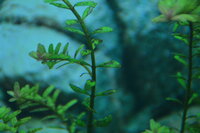 DSC_8941.JPG3.8 MB · Views: 182
DSC_8941.JPG3.8 MB · Views: 182 -
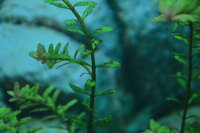 DSC_8941.JPG3.8 MB · Views: 167
DSC_8941.JPG3.8 MB · Views: 167 -
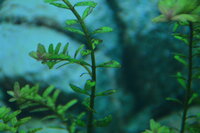 DSC_8941.JPG3.8 MB · Views: 170
DSC_8941.JPG3.8 MB · Views: 170 -
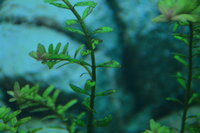 DSC_8941.JPG3.8 MB · Views: 177
DSC_8941.JPG3.8 MB · Views: 177 -
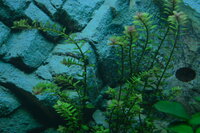 DSC_8945.JPG4.2 MB · Views: 170
DSC_8945.JPG4.2 MB · Views: 170 -
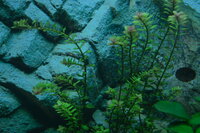 DSC_8945.JPG4.2 MB · Views: 171
DSC_8945.JPG4.2 MB · Views: 171 -
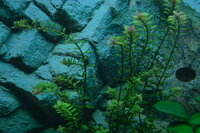 DSC_8945.JPG4.2 MB · Views: 193
DSC_8945.JPG4.2 MB · Views: 193 -
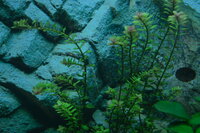 DSC_8945.JPG4.2 MB · Views: 173
DSC_8945.JPG4.2 MB · Views: 173 -
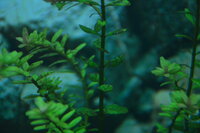 DSC_8946.JPG3.7 MB · Views: 170
DSC_8946.JPG3.7 MB · Views: 170 -
 DSC_8946.JPG3.7 MB · Views: 170
DSC_8946.JPG3.7 MB · Views: 170 -
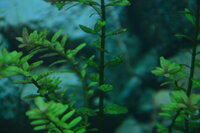 DSC_8946.JPG3.7 MB · Views: 172
DSC_8946.JPG3.7 MB · Views: 172 -
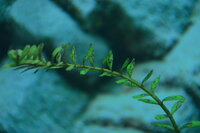 DSC_8947.JPG3.5 MB · Views: 163
DSC_8947.JPG3.5 MB · Views: 163 -
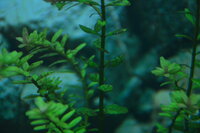 DSC_8946.JPG3.7 MB · Views: 171
DSC_8946.JPG3.7 MB · Views: 171 -
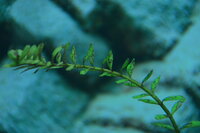 DSC_8947.JPG3.5 MB · Views: 167
DSC_8947.JPG3.5 MB · Views: 167 -
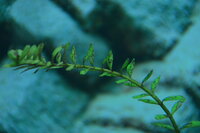 DSC_8947.JPG3.5 MB · Views: 178
DSC_8947.JPG3.5 MB · Views: 178 -
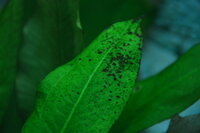 DSC_8935.JPG3.9 MB · Views: 169
DSC_8935.JPG3.9 MB · Views: 169 -
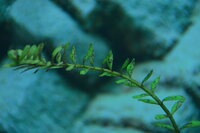 DSC_8947.JPG3.5 MB · Views: 156
DSC_8947.JPG3.5 MB · Views: 156 -
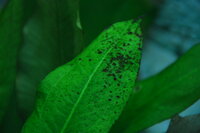 DSC_8935.JPG3.9 MB · Views: 168
DSC_8935.JPG3.9 MB · Views: 168 -
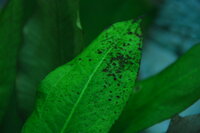 DSC_8935.JPG3.9 MB · Views: 163
DSC_8935.JPG3.9 MB · Views: 163 -
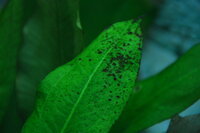 DSC_8935.JPG3.9 MB · Views: 175
DSC_8935.JPG3.9 MB · Views: 175 -
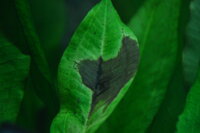 DSC_8936.JPG3.8 MB · Views: 169
DSC_8936.JPG3.8 MB · Views: 169 -
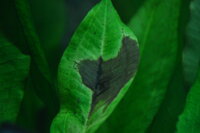 DSC_8936.JPG3.8 MB · Views: 164
DSC_8936.JPG3.8 MB · Views: 164 -
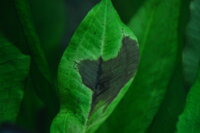 DSC_8936.JPG3.8 MB · Views: 169
DSC_8936.JPG3.8 MB · Views: 169 -
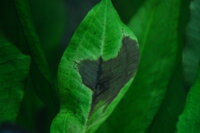 DSC_8936.JPG3.8 MB · Views: 160
DSC_8936.JPG3.8 MB · Views: 160 -
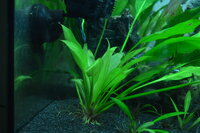 DSC_8937.JPG4 MB · Views: 166
DSC_8937.JPG4 MB · Views: 166 -
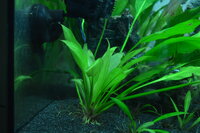 DSC_8937.JPG4 MB · Views: 175
DSC_8937.JPG4 MB · Views: 175 -
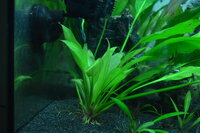 DSC_8937.JPG4 MB · Views: 163
DSC_8937.JPG4 MB · Views: 163 -
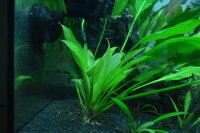 DSC_8937.JPG4 MB · Views: 163
DSC_8937.JPG4 MB · Views: 163


